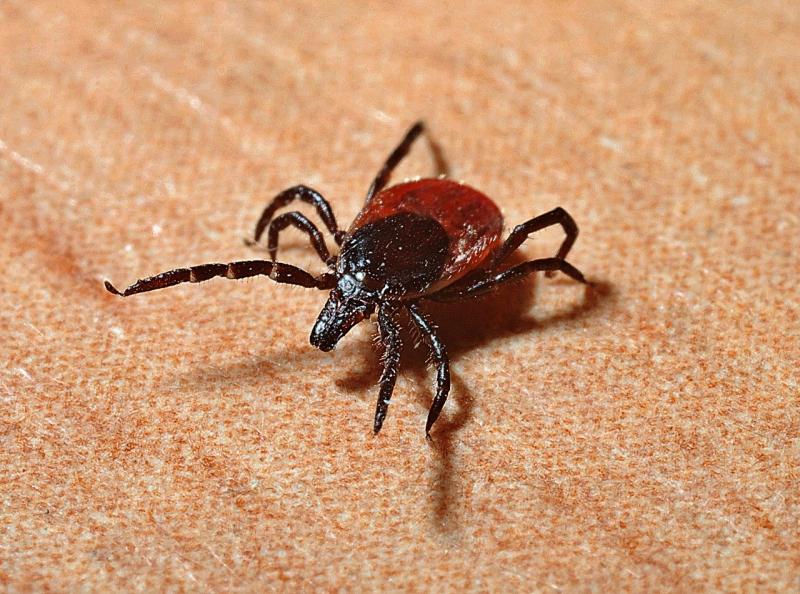10 things you ought to know about ticks
With the summer months sending everyone outdoors, there are certain precautions everyone should take. Here are the biggest myths about the tiny creatures threatening your summer adventures.
1. Ticks are insects.
BUSTED: Like spiders, ticks have eight legs, which means they are arachnids. Insects have six legs.
2. Ticks only bite in spring and summer.
BUSTED: Adult ticks can continue searching for a host anytime the temperature is above freezing.
3. Only Black-Legged Ticks (aka Deer Ticks) live in this region.
BUSTED: Three species of ticks — deer ticks, lone star ticks, and the wood tick — have been reported in Dartmouth, said Dartmouth Director of Public Health Christopher Michaud.
4. Lyme Disease is everywhere.
PLAUSIBLE: Lyme Disease counts for 81 percent of tick-borne diseases in Dartmouth between 2010-2015. One in four nymph-stage deer ticks carries Lyme Disease, while 50 percent of adult-stage deer ticks carry it.
5. DEET, light-colored clothing, and tick checks are the best prevention methods.
CONFIRMED: Light-colored clothing can prevent ticks from blending into your clothing. Ticks must be attached (with their head buried in your skin) for 24 hours before they can transmit harmful bacteria and parasites, so immediate tick checks are helpful.
6. If you’re completely covered in tight clothing and high socks, ticks can only embed themselves in exposed areas, such as the face and hands.
BUSTED: Ticks crawl from place to place, so even if they attach to your clothing, they can get into the nitty-gritty. Check your scalp and hair line, back, armpits, neck, ankles, behind the knees, and groin area. Ticks can even get into your belly button, said Michaud.
7. If a tick is embedded, smother it with Vaseline, rubbing alcohol, or heat.
BUSTED: Anything that can cause harm to the tick can cause it to regurgitate harmful bacteria under your skin, said Michaud. Instead, try to keep the tick intact while pulling it out with tweezers. Then, fold the tick into a piece of clear tape, put it in a Ziploc, and save it in the refrigerator. This will keep the tick from wandering around your living quarters and maintains the sample integrity in case you have to send it for lab testing.
8. Lyme Disease must leave a bulls-eye rash pattern at the injection site.
BUSTED: Rashes can spread to areas other than where the bite occurred, but they may not happen at all. Flu-like symptoms are also a possible giveaway for Lyme Disease.
9. Symptoms of tick-borne diseases will appear right away.
BUSTED: An onset of symptoms can happen many weeks later. Michaud suggests marking the calendar if you find a tick. This will help narrow down possible causes if you’re suddenly experiencing unusual symptoms.
10. Ticks only live outside.
BUSTED: Ticks wander like gypsies. Animals can carry them into your home, they can find their way into furniture and car seats, and they can move about your laundry pile, said Michaud. Awareness and frequent tick checks — on kids, animals, and clothing — are the best ways to avoid this.














